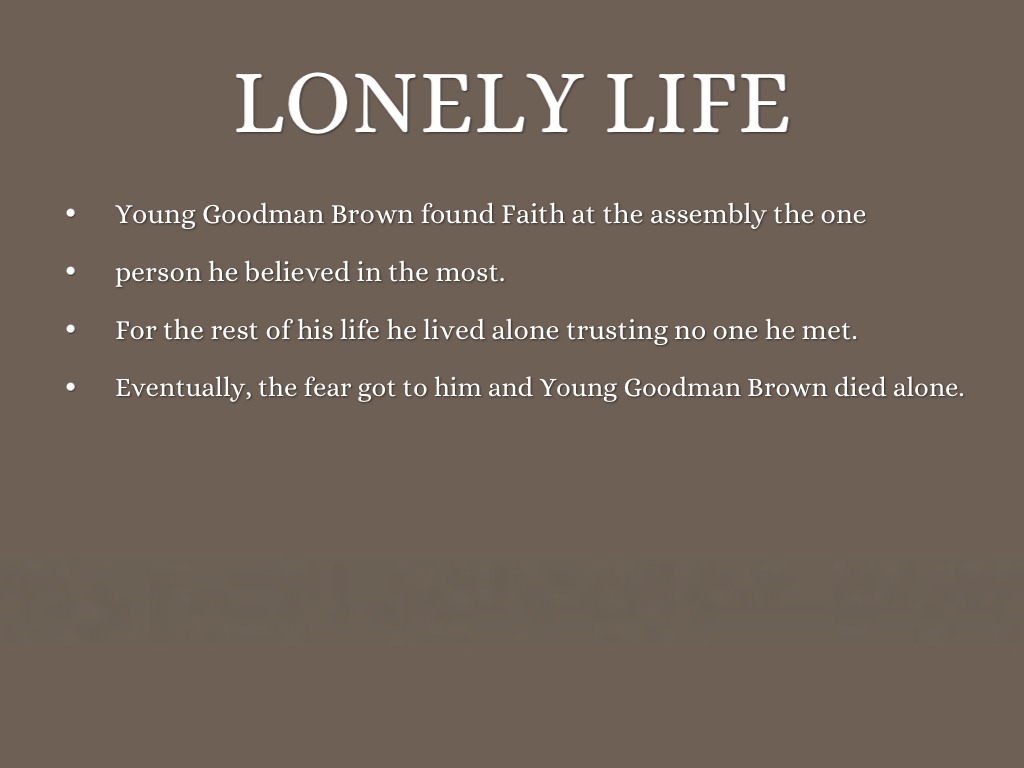In the world of social media and communication, the term "dry begging" has emerged as a fascinating phenomenon that reflects the subtlety of human interactions. It refers to the practice where individuals hint at their needs or desires without directly asking for assistance or support. This indirect approach can often leave friends, family, and followers confused about the person's true intentions. As we delve into this topic, we will explore various examples of dry begging, the psychology behind it, and why it has become so prevalent in today's society.
The nuances of dry begging can be difficult to grasp. It often manifests in vague statements or emotional appeals that may leave the audience unsure of how to respond. For instance, a person might share a post about struggling to make ends meet, but without making a clear request for help. This article aims to shed light on the different forms of dry begging, its implications on relationships, and the fine line between seeking support and being manipulative.
As we navigate through the examples and insights into dry begging, we will also address common questions that arise around this topic. From understanding the motivations behind dry begging to discussing its impact on the dynamics of personal relationships, we hope to provide a comprehensive view that encourages thoughtful dialogue. So, let’s explore the world of dry begging examples together!
What Are Some Common Dry Begging Examples?
Dry begging can take on various forms, with individuals employing different strategies to express their needs without a direct request. Here are a few common examples:
- Posting about financial struggles without explicitly asking for help.
- Sharing a heartfelt story about a difficult situation while leaving out a call to action.
- Using social media to express feelings of loneliness, prompting friends to reach out without asking for companionship.
- Subtly mentioning a desire for a new phone or gadget, hoping someone might offer to assist.
Why Do People Engage in Dry Begging?
Understanding the motivation behind dry begging is crucial to addressing the behavior. Here are a few reasons why individuals might resort to this form of communication:
- Fear of rejection: Some people may feel that directly asking for help could lead to embarrassment or rejection.
- Desire for sympathy: Sharing struggles can evoke empathy from others, even if a direct request isn't made.
- Social conditioning: Many individuals grow up learning that asking for help is a sign of weakness, leading them to seek indirect methods.
- Testing the waters: People might want to gauge their friends' willingness to help before making a direct request.
How Does Dry Begging Affect Relationships?
Dry begging can have a significant impact on personal relationships. Here are some potential effects:
- Confusion: Friends may feel unsure about how to respond, leading to miscommunication.
- Resentment: Some individuals may feel manipulated or used if they perceive dry begging as a tactic to gain attention.
- Distance: People who engage in dry begging may find that their relationships become strained over time.
Are There Alternatives to Dry Begging?
While dry begging may seem like a safer approach for some, there are healthier alternatives for seeking support:
- Direct communication: Openly expressing needs can lead to more meaningful connections with others.
- Asking for specific help: Being clear about what you need can eliminate confusion and help others respond effectively.
- Building a support network: Actively fostering relationships where mutual support is encouraged can alleviate the need for dry begging.
Can Dry Begging Ever Be Positive?
While dry begging is often viewed negatively, there can be some positive aspects to this behavior:
- Creating awareness: Indirectly sharing struggles can raise awareness about certain issues and encourage dialogue.
- Fostering empathy: It may invoke empathy in others, leading to supportive responses.
- Encouraging community: Sharing challenges can bring people together, creating a sense of solidarity.
What Are Some Real-Life Dry Begging Examples?
To illustrate dry begging in practice, here are a few real-life examples:
- A person posts a photo of an empty fridge with a caption expressing hunger but does not ask for help.
- A friend shares a story about struggling with mental health, inviting supportive messages without explicitly asking for them.
- Someone tweets about wanting to go on a trip but mentions financial constraints without directly seeking contributions.
How to Respond to Dry Begging?
Responding to dry begging can be tricky. Here are some tips on how to navigate these situations:
- Assess the context: Consider the person's history and your relationship with them before responding.
- Offer support: If comfortable, reach out with a direct offer of help or a listening ear.
- Encourage open dialogue: Gently suggest that they express their needs more directly in the future.
Is There a Fine Line Between Dry Begging and Seeking Help?
Indeed, the boundary between dry begging and seeking help can often be blurred. Some individuals may unintentionally engage in dry begging while simply trying to share their experiences. The key distinction lies in the intent and clarity of the message being conveyed. Understanding this nuance can lead to more empathetic conversations about needs and support.
Conclusion: Is Dry Begging a Modern Communication Dilemma?
As we reflect on the examples of dry begging, it becomes clear that this behavior is deeply rooted in human psychology and societal expectations. While it may serve various purposes, it is essential to recognize its potential pitfalls and the impact it can have on relationships. Ultimately, fostering open communication and understanding can pave the way for healthier interactions, allowing individuals to express their needs without resorting to indirect methods. In a world where vulnerability is often met with judgment, embracing directness may be the key to building stronger, more supportive connections.
Trump The Antichrist: Unraveling The Controversy
Unraveling The Truth: The Speculations Surrounding Donald Trump’s Heart Attack
Exploring The Life Of A Pitbull Wife: Love, Loyalty, And Strength


